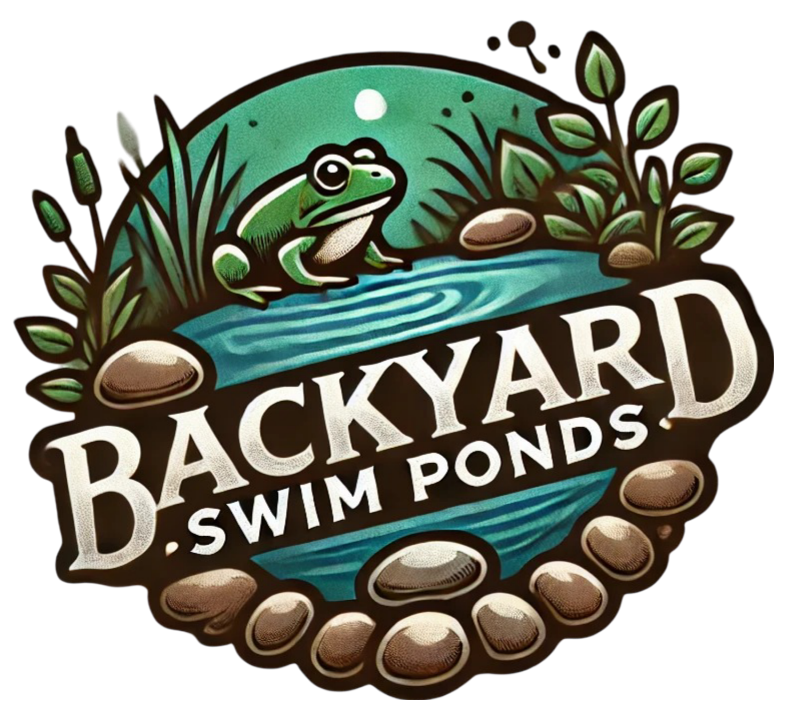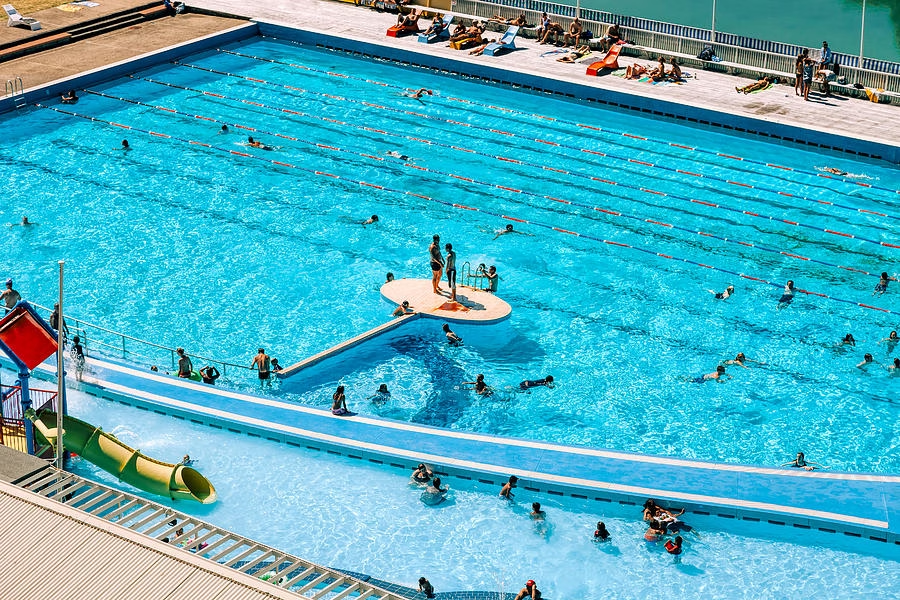In today’s fast-paced world, nurturing a sense of community can be a challenge. However, communal spaces like swim ponds offer a perfect backdrop for residents to come together and foster connections. These natural water features not only enhance the visual appeal of neighborhoods but also promote social interactions and strengthen community ties. Imagine a sunny day where families gather by the pond, children splash in the water, and neighbors engage in conversation. This shared environment encourages unity and breaks down barriers, making community swim ponds valuable to any neighborhood.
Community swim ponds serve various purposes—from recreational activities to educational opportunities centered around nature and sustainability. They provide a unique blend of fun and relaxation while allowing for environmental education and engagement. Moreover, they attract diverse wildlife, contributing to local biodiversity. By creating spaces where people can gather and enjoy nature, these ponds can significantly improve the quality of life in a community. In this guide, we will explore the benefits of community swim ponds, how to maintain them effectively, the costs associated with their creation, and successful examples that demonstrate their value.
How Community Swim Ponds Bring Us Together
Community swim ponds are more than just recreational areas; they are essential for building social bonds among residents. They provide a natural space where families can gather, children can play, and friendships can flourish. According to a survey from the Outdoor Swimming Society, 78% of regular outdoor swimmers report feeling more connected to their community.
One notable example of this concept is the Kendrick Pool in Sheridan, Wyoming. This historic community pool was revitalized through active community involvement, with the local Kiwanis Club playing a significant role in its management. This transformation led to the addition of modern features, such as splash decks and slides, ensuring it meets the needs of all community members. Projects like Kendrick Pool showcase how community collaboration can lead to the creation of successful and enjoyable swim areas.
Community swim pond in a rural area with locals enjoying the water, showcasing involvement and usage (Source: Fine Art America)
Unveiling the Benefits of Communal Swim Ponds
Community swim ponds offer numerous benefits that positively impact health, the environment, and social connections. Physically, swimming in natural water can be gentler on the skin and respiratory system compared to traditional chlorinated pools. Research published in the International Journal of Dermatology indicates that exposure to chlorinated water can cause skin irritation for many swimmers. In contrast, natural ponds enriched with beneficial minerals promote skin hydration.
Environmentally, swim ponds enhance local biodiversity. A natural swimming pool can sequester approximately 0.256 metric tons of CO2 from the atmosphere each year. This means if all 10.4 million residential swimming pools in the United States were converted to natural swimming ponds, it could offset the carbon output equivalent to that of582,000 cars annually. Plus, they do not require harsh chemicals, making them more environmentally friendly than their chlorinated counterparts. This unique ecosystem encourages wildlife, creating habitats for various species like dragonflies and frogs, thereby enhancing the ecological health of the area.
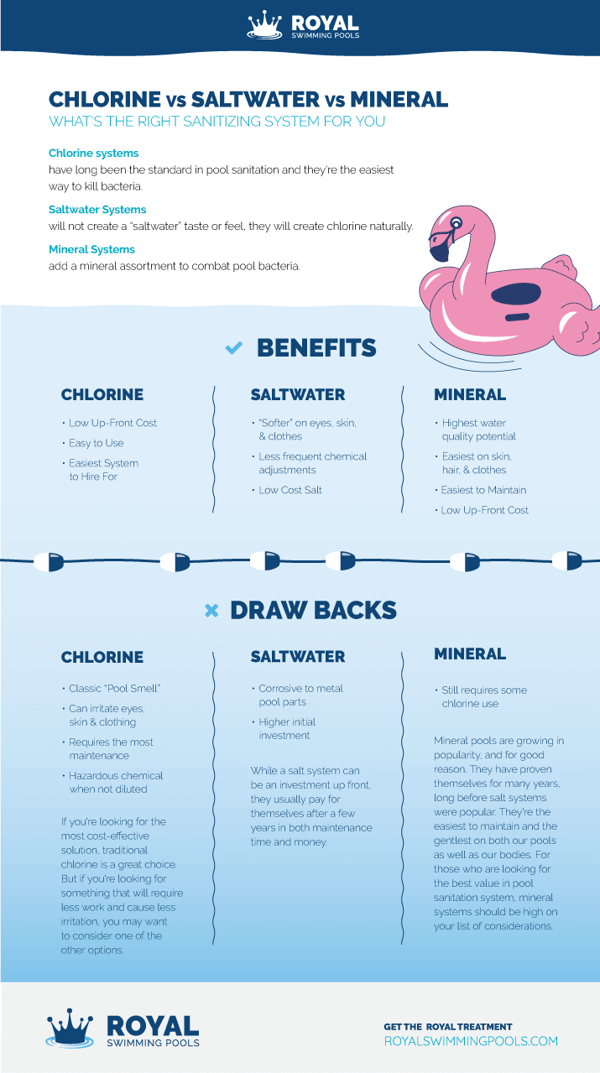
An infographic comparing the benefits and effects of chlorine, saltwater, and mineral swimming pools (Source: Royal Swimming Pools)
Creating Lasting Communal Spaces: Maintenance and Care
Building a communal swim pond is just the first step; proper maintenance is crucial to ensure its continued safety and enjoyment for all users. Maintaining water quality is essential, and best practices recommend regular monitoring of pH levels, ideally between 5.5 and 7. Establishing a biological filtration system that utilizes aquatic plants for natural cleansing is also advisable.
Community participation can significantly enhance maintenance efforts. By organizing volunteer days where residents can come together to clear debris, test water quality, and care for plants, you foster a stronger sense of ownership and responsibility towards the pond. Regular inspections by local government bodies or volunteers further ensure that the swim area remains safe, accommodating both casual swimmers and serious aquatic enthusiasts.
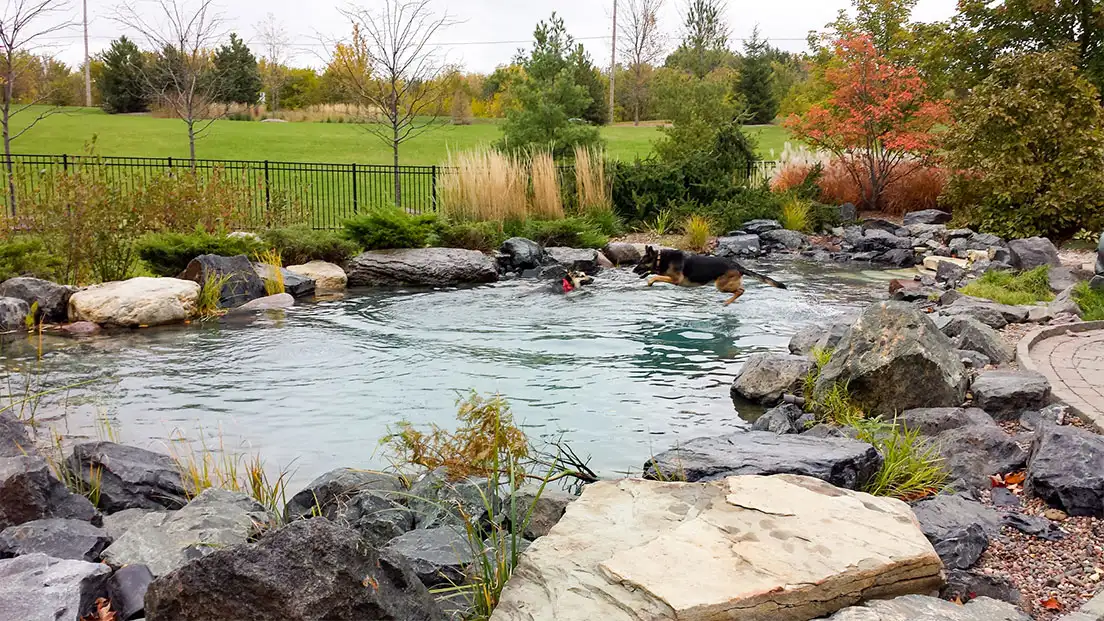
A team conducting maintenance tasks on a natural swim pond, using water testing equipment and cleaning tools, showcasing best maintenance practices (Source: Reflections Water Gardens)
Navigating Costs and Logistics for Community Swim Ponds
Understanding the financial aspects of developing a swim pond can help community leaders and planners make informed decisions. Initial costs will vary based on design, size, and location, but they typically include excavation, landscaping, and installation of filtration systems. Ongoing maintenance expenses—such as regular cleaning, water testing, and plant care—should also be factored into the budget.
Funding options are available, including grants from local governments, community fundraisers, or partnerships with local businesses for sponsorship. The Kendrick Pool project serves as a model by demonstrating how proper financial planning can effectively showcase the benefits of community swim ponds and lead to sustainable funding for ongoing maintenance and expansion efforts.

A pie chart visually representing different aquatic trends and insights, potentially related to costs and management (Source: Encode Plus)
Success Stories: Learning from Other Communities
Looking at successful swim pond projects can provide inspiration and valuable lessons for others. The Natural Swimming Pond in Oxfordshire, UK, exemplifies a successful integration of natural design with its environment. By employing natural filtration techniques, they maintain clean water while creating wildlife habitats. Projects like these reflect strong community involvement, with collaboration occurring during planning and execution.
By understanding the factors that contribute to these successes—such as community support and environmental integration—other neighborhoods can replicate similar initiatives. Learning from these examples ultimately helps leaders design effective and sustainable swim pond projects that benefit all residents.

Before and after images showcasing a successful transformation of a community swim pond (Source: YouTube)
Planning and Regulations for Community Swim Ponds
When planning a community swim pond, it is crucial to adhere to local regulations and zoning laws. Zoning requirements dictate where swim ponds can be located within a community, so consulting with local zoning offices is essential for obtaining necessary approvals. In some areas, a public hearing may be required to ensure transparency and gather community input.
Safety regulations must be prioritized as well. This includes having proper fencing to prevent accidents, implementing safety protocols, and ensuring accessibility for all community members. Regular water quality testing should be conducted to comply with health standards, ensuring a safe and clean swimming environment for everyone.
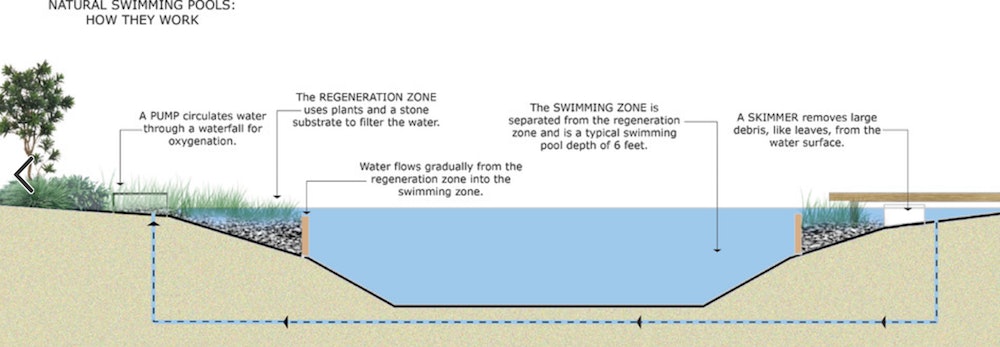
A diagram explaining the regulations and design principles of natural swimming pools (Source: Aqua Magazine)
Empowering Communities Through Collaboration
The success of community swim ponds often hinges on collective efforts. Creating strategies that encourage community involvement is crucial. Engaging local organizations, schools, and businesses can help generate support for pond projects. Utilizing social media to share updates and invite participation fosters a sense of ownership and pride among residents.
Organizing outreach activities, such as volunteer days or educational workshops, strengthens community ties and promotes long-term care and maintenance. Ultimately, successful community swim ponds not only provide recreational opportunities but also cultivate durable relationships among residents.
A community workshop focused on planning and discussing swim ponds, showcasing collaboration (Source: Reddit)
Conclusion
Community swim ponds represent not only a recreational resource but also a valuable tool for fostering community spirit and enhancing social connections among residents. With their numerous health and environmental benefits, as well as the collaborative efforts required for their establishment and upkeep, these ponds can transform neighborhoods into thriving, engaged communities. By understanding their value and taking action, you can help bring the joys of communal swim ponds to your area—and ultimately build a stronger sense of belonging among your neighbors. The journey toward creating a successful swim pond begins now, and it starts with you!
